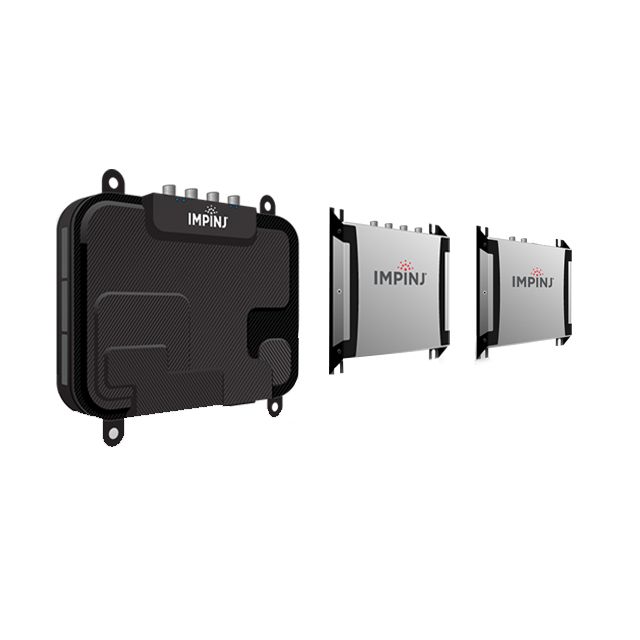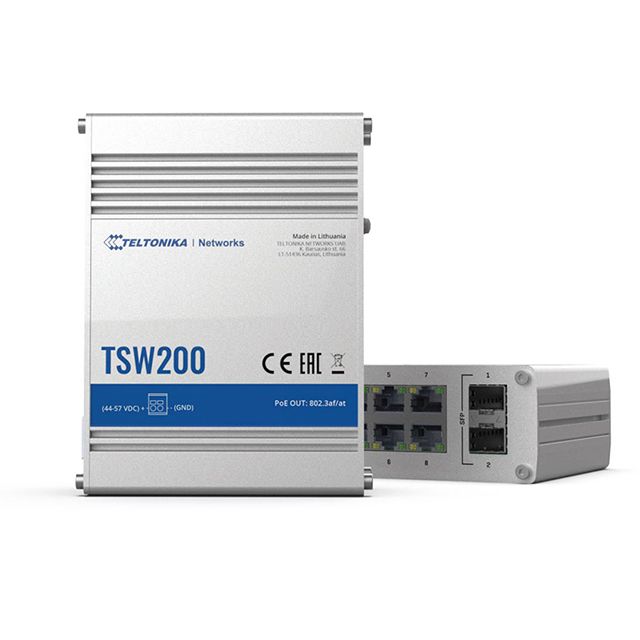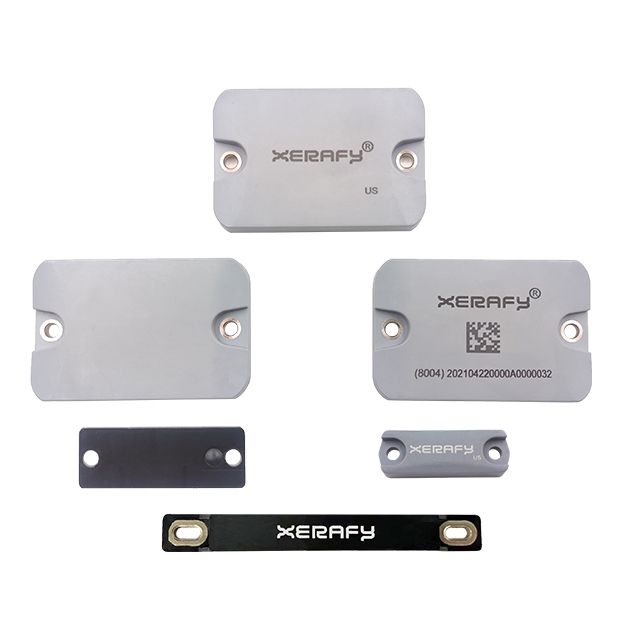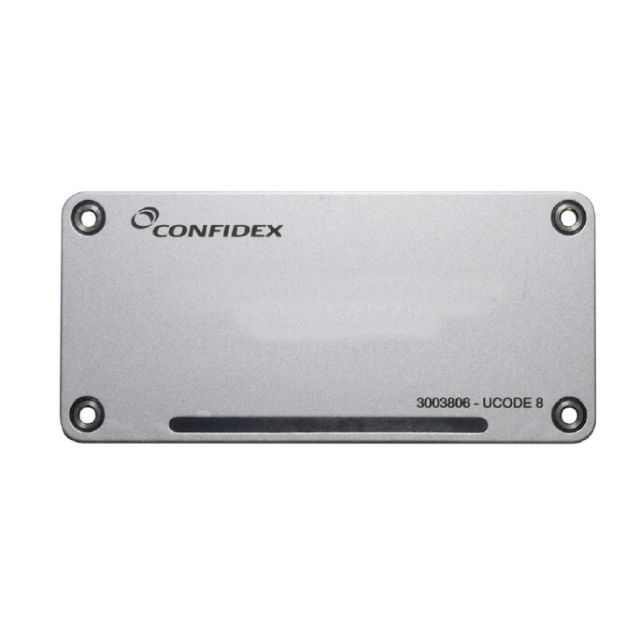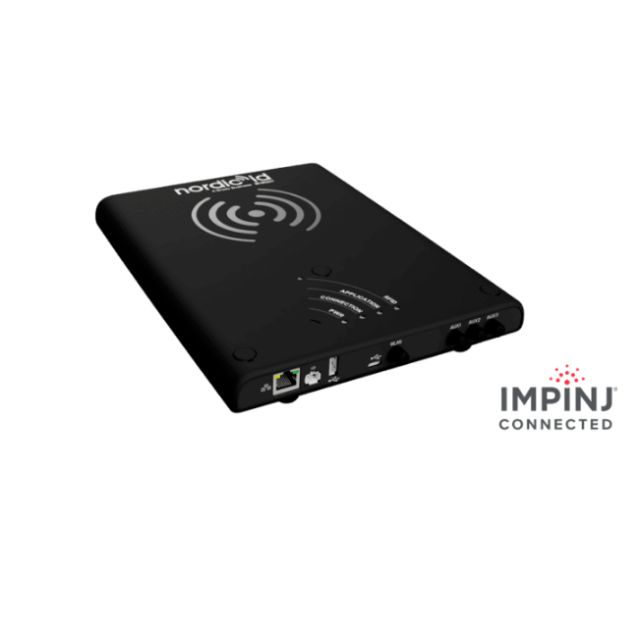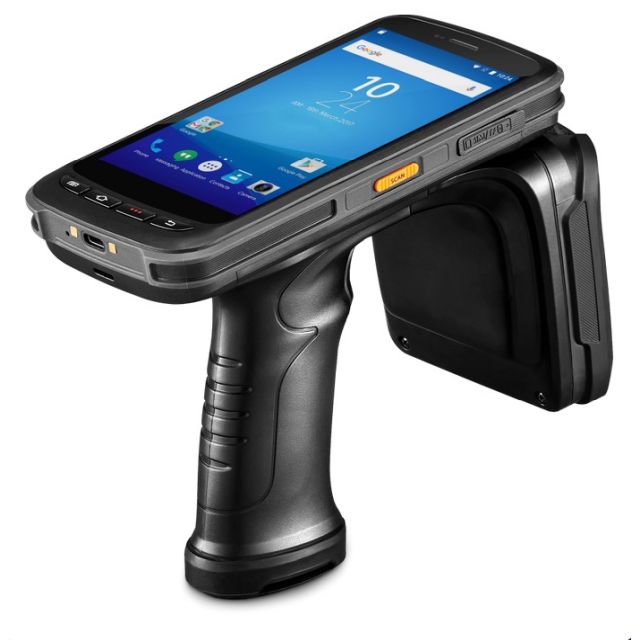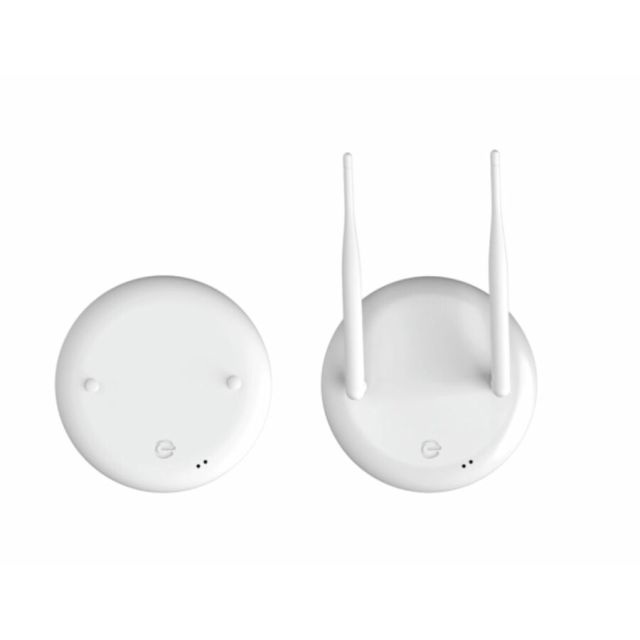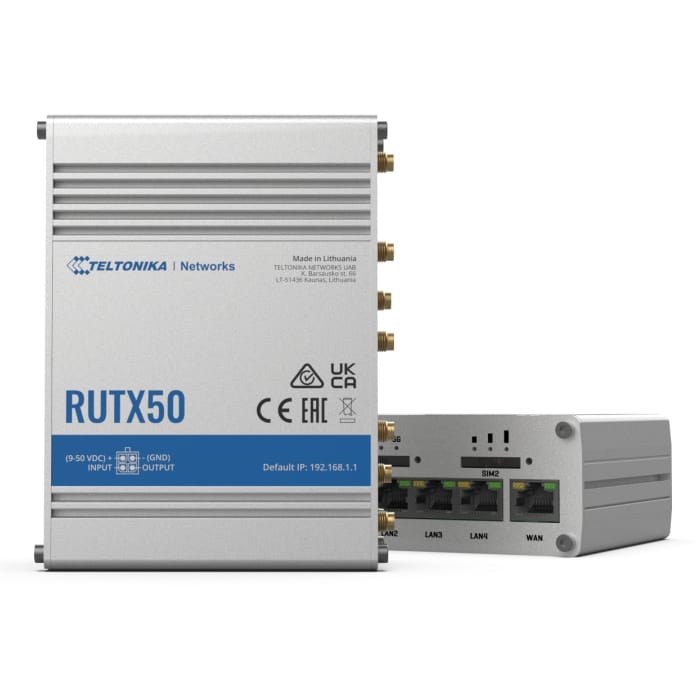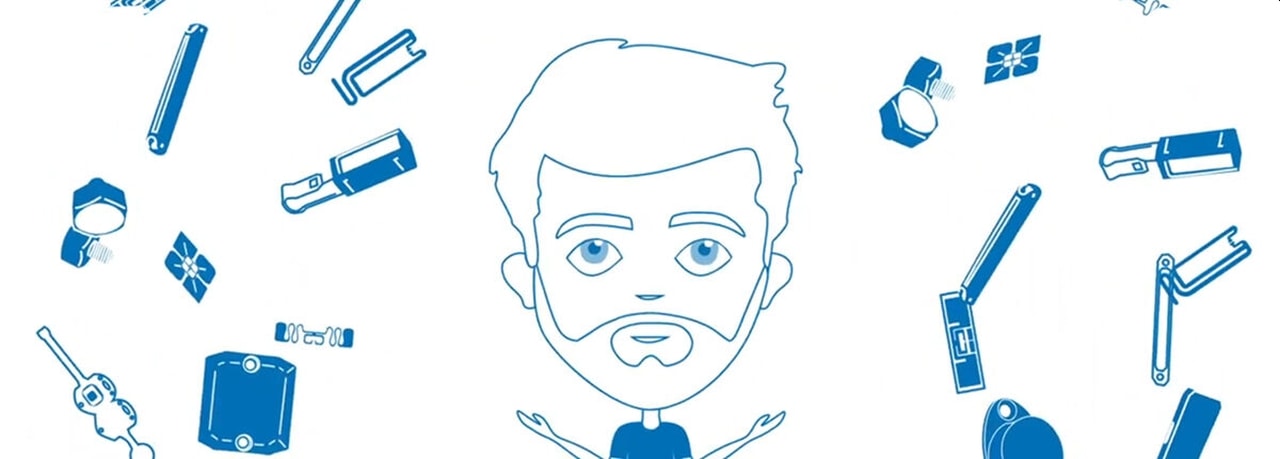How do you select the right RFID handheld reader?
If it isn’t possible to use a fixed reader, your best option to collect item data, is with a handheld reader. For example, to track assets in the field, manage inventory on the shop floor or track files in the office. There are many different types of handheld readers. Which one is most suitable for your project?
In this white paper by Cisper, we will discuss different RFID handheld selection criteria to pick the right device for your project.
Form factor handheld readers
Handhelds come in a wide range of form factors. You have to consider which kind of handheld reader would be most suitable for your application. There are many all-in-one handheld readers (or handheld computers). These devices have a built in or integrated smart device with touchscreen and an operating system.
All-in-one handheld readers are generally the most expensive, but you can usually add custom options such as a 2D imager, camera, wifi, GPS and more.
Besides the all-in-one handhelds, there are many handheld readers that are paired with Bluetooth to a mobile smart device in different form factors.
- Sled devices allow you to attach a smart device like a smart phone to the reader. A sled device plus a smart phone has similar form factor and RFID performance like an all-in-one handheld.
- Wearable handheld readers can be wrapped around your wrist like a bracelet.
- Keyfob handheld readers can be attached to your keychain or pants.
You need to consider if you want a handheld reader with or without pistol grip. A handheld without pistol grip can be operated with one hand and carried in a pocket or belt holster. A handheld with pistol grip is usually more ergonomic and the trigger is convenient when using gloves.
Platform/ Operating system
You have to consider which operating system the handheld reader should have built-in, depending on the software you will use or how you will integrate the captured data with your back office system. Most RFID handhelds have Android software.
RFID reading distance / Read range
A small keyfob or wearable handheld reader will not be able to read at a far distance, but might be good enough for your application. A powerful sled or all-in-one handheld can do both, but will be more expensive and bigger.
A handheld with linear antenna¹ can read tags further away, but only if the tag-orientation is correct. Or do you prefer a cross dipole antenna² which can read tags in random orientations?
Battery lifetime (minimum usage time)
The battery lifetime depends for a large part on the usage. Can you put the handheld in a cradle in between reads or will you need it by your side all day? In stores and office environments it is common to have charging points nearby. But in factories, warehouses or outdoor facilities, the more battery lifetime the handheld provides, the less interruptions in your important tasks.
Some handhelds have a battery that functions a full working day on a single charge, and some handhelds even support fast charging.
Robustness / Environmental Protection (IP rating)
Working in a clean retail store, a dusty warehouse or outside where rain or snow is a possibility, you require a handheld with appropriate IP rating and possibly a drop resistance. Harsh environments usually prefer all-in-one handhelds, as robustness is higher and, in case of them being dropped, there are not separate parts (e.g. sled + smartphone) which can be detached.
Data capture capabilities
Which auto ID methods will you use other than UHF RFID? 1D barcode, 2D barcode, NFC or a build-in camera? A 2D imager will be able to read 1D barcodes as well, but in sunny conditions a 1D imager (barcode) will read better. And which communication interface do you need to transfer the captured data? Bluetooth, Wi-Fi, 4G, NFC, USB, Ethernet…
If your device is always within range of Wi-Fi, then the 4G option will not be necessary. Bluetooth can transmit the data to a device nearby or Ethernet can transfer it to the network, when the handheld is back in the cradle.
Upgradeability
Some devices have the option to upgrade to a bigger battery when needed or replace it during a working day. In that case, the hot swap function is interesting, so that you do not have to power off the device to swap the battery. Having the option to upgrade from only Barcode to Barcode + RFID, add a pistol grip at a later stage or update a software version can be useful, without having to purchase a new handheld.
It’s not only about saving money, it’s also about not having to train your employees in how to use a completely new handheld and also to reduce electronic waste.
Wondering which RFID Handheld Reader suits your business needs? Please contact us. We are happy to assist!
¹Linear polarization occurs when electromagnetic waves are transmitted on one level (horizontal or vertical). If you know the orientation of the tag, a linear antenna is always more powerful, thus has a longer read range.
²A Cross dipole antenna is usually an antenna made by 2 (a horizontal and a vertical) linear antennas.



